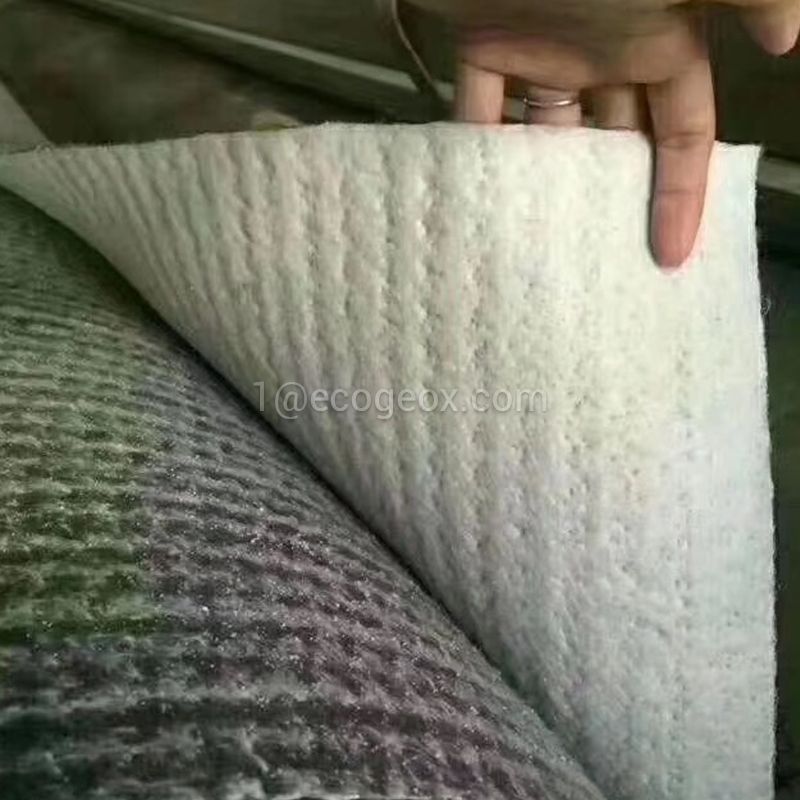Jan. 15, 2024
Construction & Real Estate
In the realm of civil and environmental engineering, geosynthetic clay liners (GCL) have emerged as a revolutionary solution, proving indispensable in various applications ranging from landfill containment to waterproofing. Understanding the composition of these liners is crucial for engineers, architects, and anyone involved in construction projects. In this comprehensive exploration, we delve into the intricacies of what makes geosynthetic clay liners an unparalleled choice.

At the heart of geosynthetic clay liners lies bentonite, a naturally occurring clay material celebrated for its extraordinary sealing properties. Comprising a mix of montmorillonite and other clay minerals, bentonite possesses a unique ability to swell when hydrated. This characteristic makes it an exceptional barrier, preventing the passage of liquids and creating a watertight seal that withstands the test of time.
To fortify the structure and enhance the overall strength of geosynthetic clay liners, manufacturers incorporate geotextiles into the composition. These textile materials, often made from polypropylene or polyester, add tensile strength and puncture resistance to the liner. The combination of bentonite and geotextiles creates a formidable duo, ensuring both impermeability and structural integrity.
Crafting geosynthetic clay liners requires a meticulous manufacturing process that demands precision and expertise. The bentonite layer, sourced from carefully selected deposits, undergoes thorough testing to guarantee optimal quality. This attention to detail ensures that the bentonite component possesses the ideal properties for creating an effective barrier against water seepage.
The bonding of bentonite with geotextiles is a critical step in the production process. Manufacturers employ advanced techniques such as needle-punching or stitching to securely unite the layers. This bonding process not only enhances the liner's strength but also ensures uniform distribution of bentonite, maximizing its sealing capabilities.
Geosynthetic clay liner play a pivotal role in landfill containment systems. Their impermeable nature prevents hazardous leachate from infiltrating the surrounding soil, safeguarding the environment from potential contamination. The versatility of GCLs in landfill applications has made them a preferred choice for environmentally conscious projects.
In construction, geosynthetic clay liners serve as formidable protectors against water intrusion. Installed as a barrier in foundation walls or beneath structures, they create an effective shield, preventing moisture from compromising the structural integrity of buildings. This waterproofing prowess makes GCLs an indispensable component in construction projects worldwide.
One of the notable advantages of geosynthetic clay liners is their cost-effectiveness. The use of naturally occurring bentonite minimizes the environmental impact, aligning with sustainable practices. Additionally, the durability of GCLs ensures long-term performance, reducing maintenance costs and contributing to the overall economic viability of construction projects.
The installation process of geosynthetic clay liners is both time-efficient and resource-effective. The flexibility and lightweight nature of these liners simplify handling and placement, reducing labor and equipment requirements. This efficiency translates to substantial savings in both time and resources for construction projects.
In conclusion, the composition and applications of geosynthetic clay liners position them as unparalleled solutions in geotechnical engineering. The combination of bentonite and geotextiles creates a robust barrier against water seepage, making GCLs a cornerstone in environmental protection and construction projects. Their cost-effectiveness, sustainability, and ease of installation further solidify their status as a go-to choice for engineers aiming to achieve optimal performance and longevity in their projects.
If you want to know more information about geomembrane liners, please contact EcoGeoX. We will provide professional answers.
Previous: Is silica fabric the same as fiberglass?
If you are interested in sending in a Guest Blogger Submission,welcome to write for us!
All Comments ( 0 )